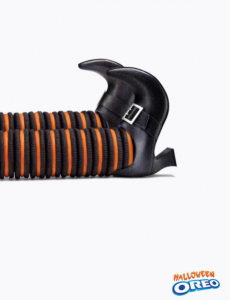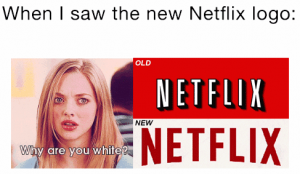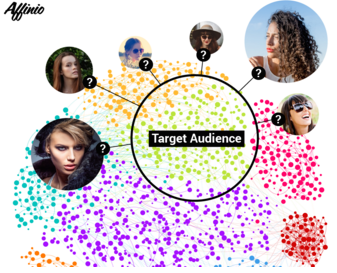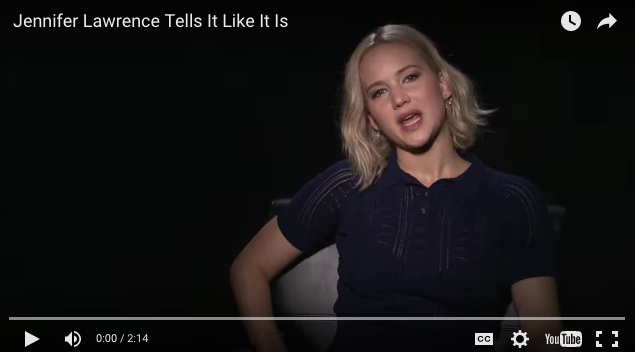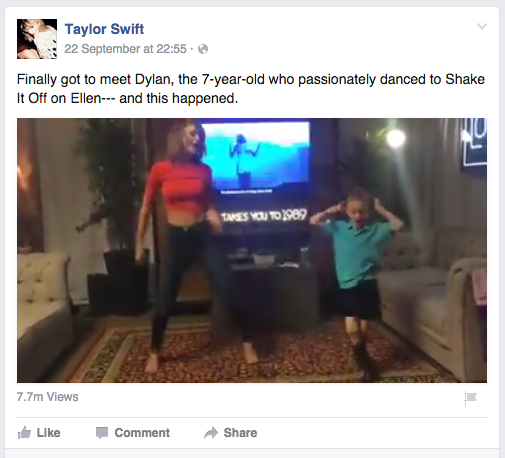In the midst of the pandemic, brands that operate with the consumer and community in mind are the ones that stand out. Companies everywhere have pulled tone-deaf ads, while some have pivoted their business to develop essential products.
An underlying purpose of what makes a brand relevant to its customers should be at the core of every brand’s vision and mission. This is particularly true in a crisis where consumers weigh their purchase decisions in this economic climate.
Why? Because it makes business sense
Profitability and purpose are not mutually exclusive. Kantar’s Purpose in Asia report found that “90% of consumers want brands to get involved in the issues they care about, meaning that an authentic brand purpose is now an expectation not a bonus”.
But what’s the harm in not having a purpose?
Well, according to Accenture, businesses lose up to half their customers, with 17% never coming back to brands that don’t serve a larger purpose. Earning brand loyalty is not as simple as giving away free products or making a one-time donation.
5 steps to build a purpose-driven brand
Start from your brand DNA
Your brand purpose shouldn’t be disconnected from your core business. You should know how your products and expertise can create an impact on your consumers – and this should be a long-term strategy, rooted in a deep issue or opportunity that’s impactful (such as sustainability, education) or identifying specific communities to champion over the years.
Pick issues that matter to your community
Listen to what’s being said on the ground. If a brand is not actively listening and refreshing how it’s helping the community, then its well-meaning activations could backfire.
This is a good way to champion local causes and initiatives, particularly if you’re part of a global team where the broader corporate social responsibility goals may not directly impact your markets or region. Find a local nuance that makes sense for your community.
Inspire your team
Start inspiring and engaging your own employees. If a brand is only seen as helping the larger community, while ignoring or mistreating their own, there is a huge disconnect.
Your employees are your brand advocates, and being part of a purpose-driven brand attracts, motivates and retains employees. Outside of being proud of the impact they create, an engaged team could also lend their own creativity and ideas towards giving back to society and further driving your purpose.
Take action
Once your brand is ready to take action, don’t forget to continuously engage the benefactors and track your performance over time.
Take a look at your user journey to see how you can activate your own consumers to drive awareness of the impact your contributions have made. Better yet, rope in your consumers so they also feel like they’re making a difference.
As an example, Trouble Brewing, a local brewery in Singapore, launched an Adopt-A-Pub initiative that gives 10% of their proceeds to the consumers’ favourite bar, pub or restaurant at no additional cost. All it takes is a click at check-out for folks to give back to the Singapore F&B community.
Communicate & learn
It’s important for brands to communicate with the right stakeholders on the right platform – and to avoid being called out as self-serving. Remember, you’re not doing good to drive publicity. Instead, when employees, customers and even benefactors spread the word, it’s a lot more impactful than sending out a press release.
Companies also need to listen for feedback – and tweak their approach to remain relevant.
At Mutant, we’re proud to help our clients engage and help our communities. Here is an example of how our team in Malaysia activated a much needed initiative within a record timespan.
How Kimberly-Clark Malaysia helped 16,000 families
Kimberly-Clark, a brand that’s rooted in global social responsibility guidelines, wanted to make a meaningful contribution to help ease the burdens of Malaysians who have been affected by the pandemic. As residents were not allowed to venture past their neighbourhoods, they were reliant on donations for food and essential items.
Mutant connected with the Federal Territories Ministry to identify communities that would most benefit from 1 million RM worth of essentials including diapers, feminine hygiene products and tissues. Kimberly-Clark was able to coordinate the delivery of the donations within a week, fulfilling the urgent need of the donations.
The Deputy Federal Territories Minister YB Dato’ Sri Dr Santhara Kumar shared a message of thanks to Kimberly-Clark, opening up doors to future collaboration.
If you’re keen on developing a brand purpose, or need help localising a global mandate, we’re here to help.
Need help with messaging and connecting to the right stakeholders? Drop us a line at [email protected] anytime – we’re here to help.



